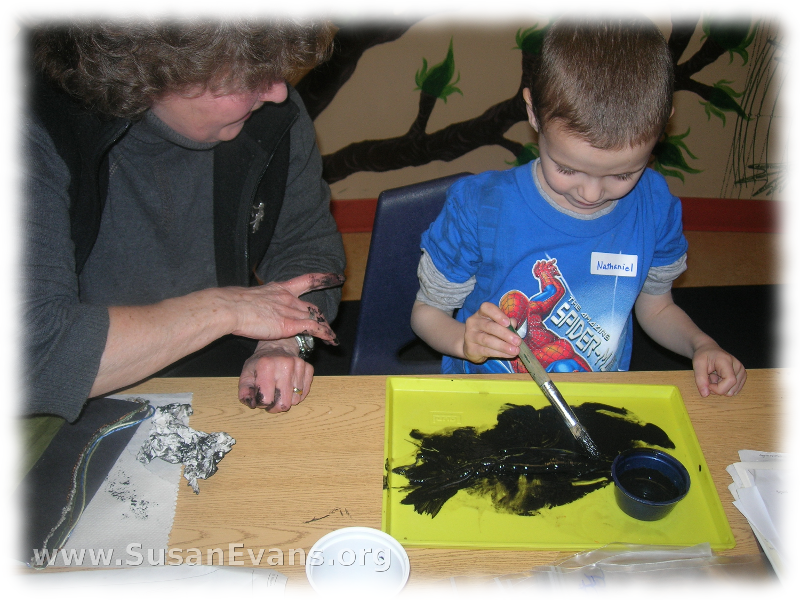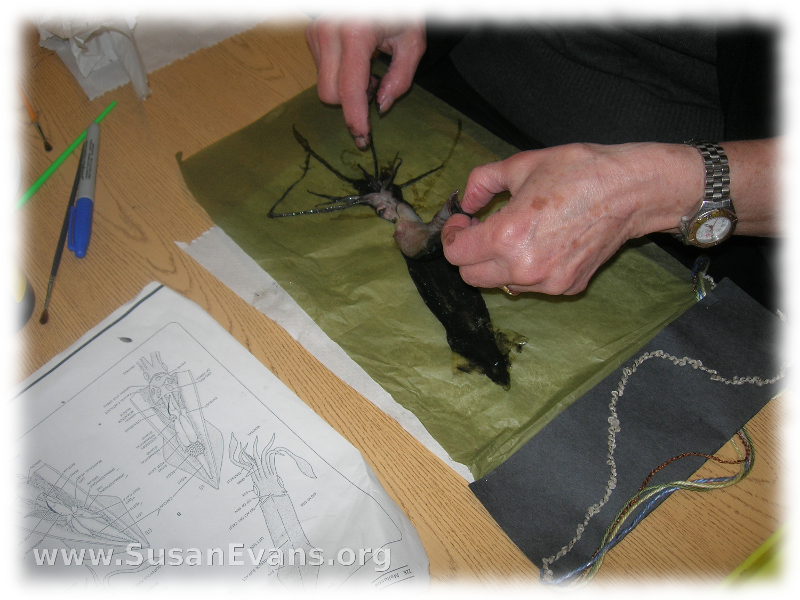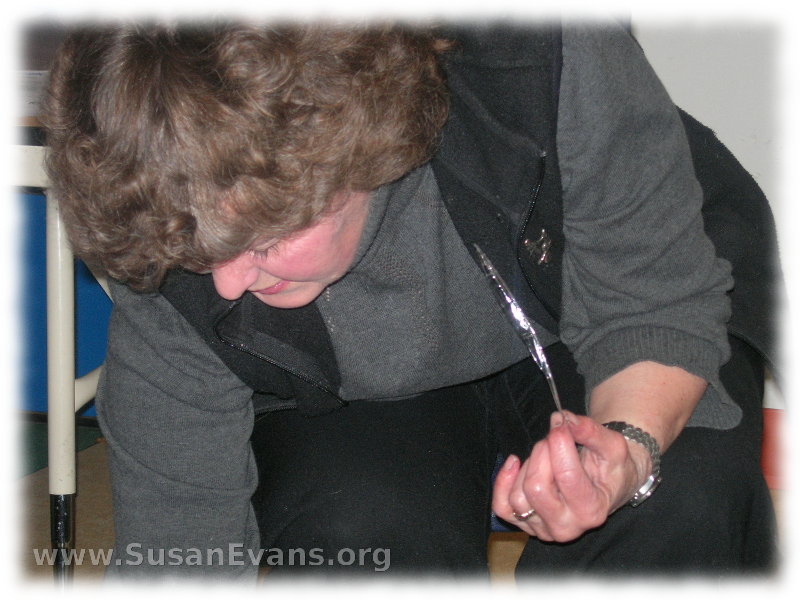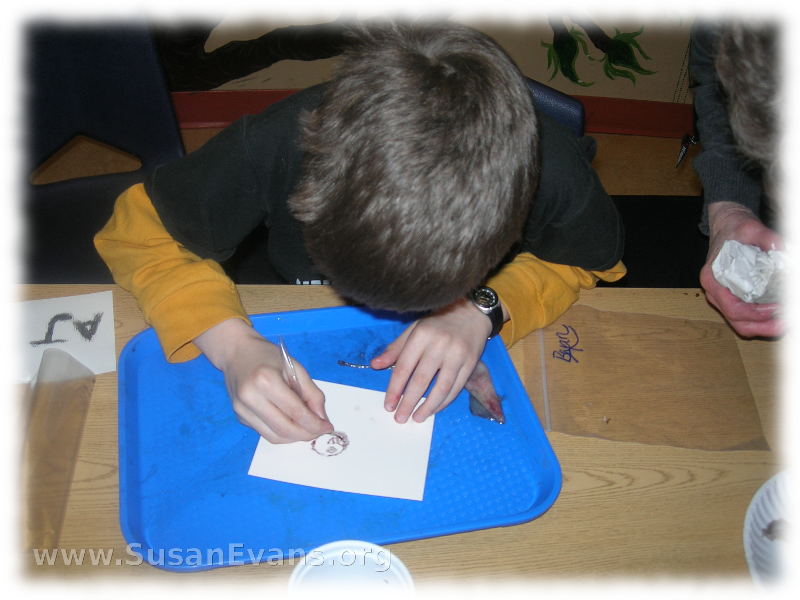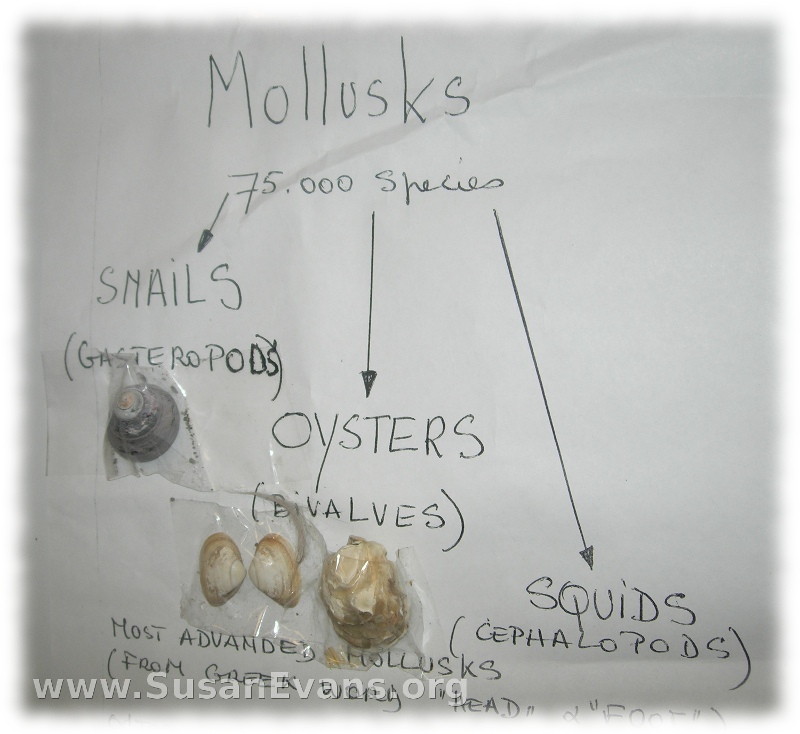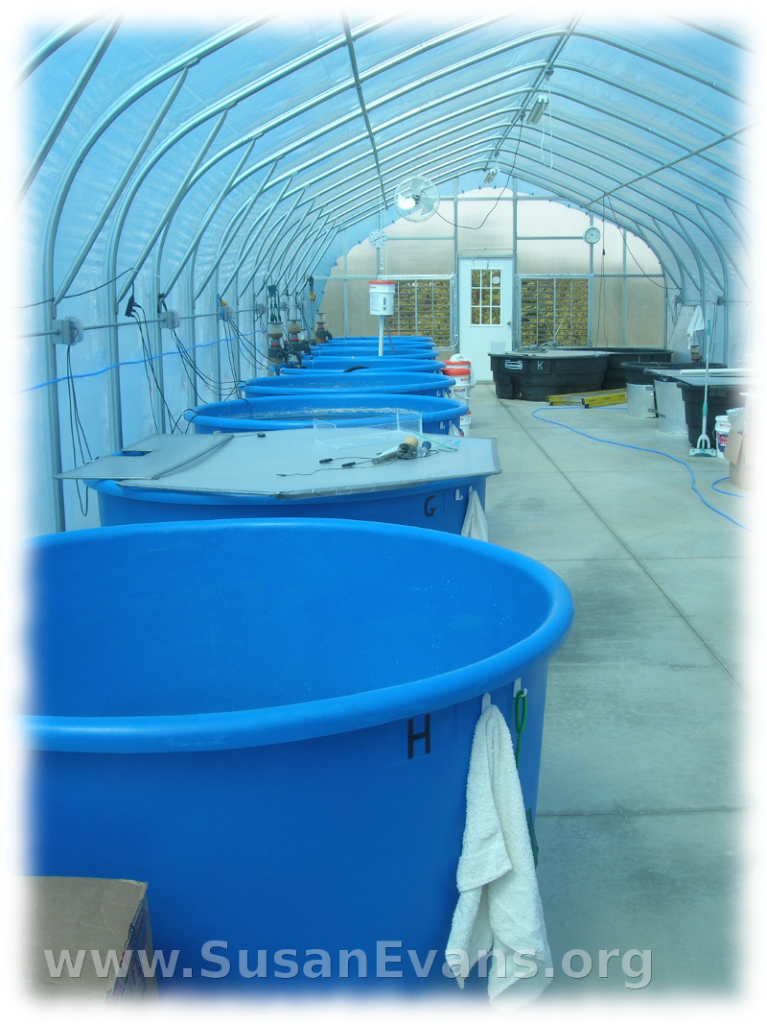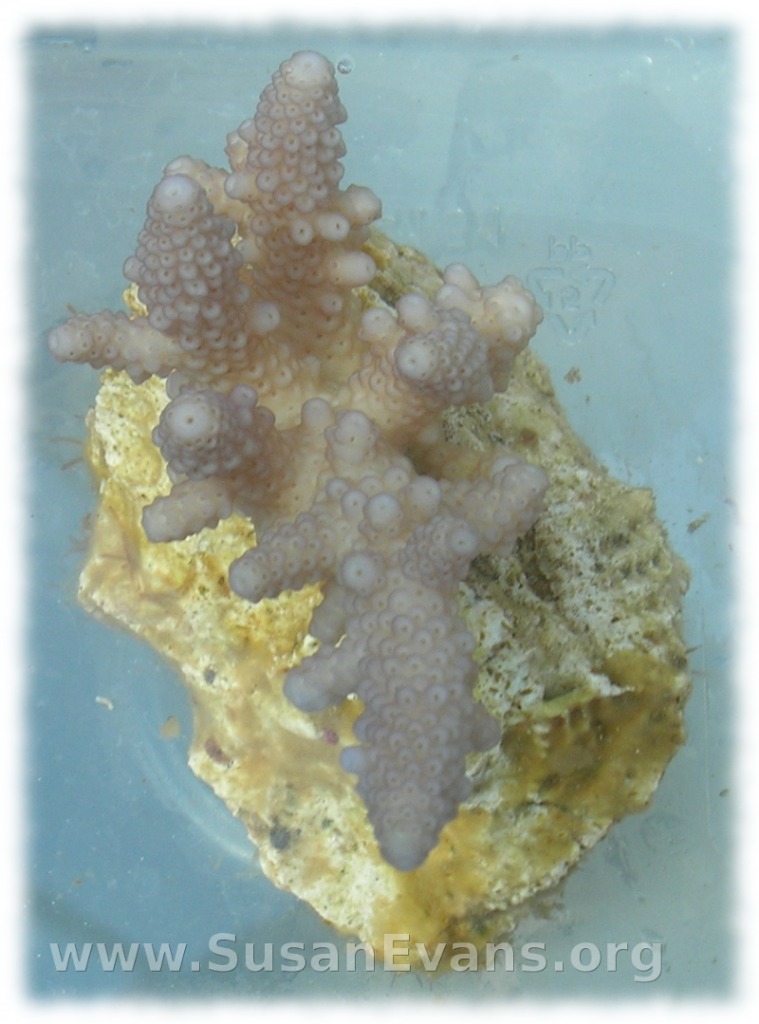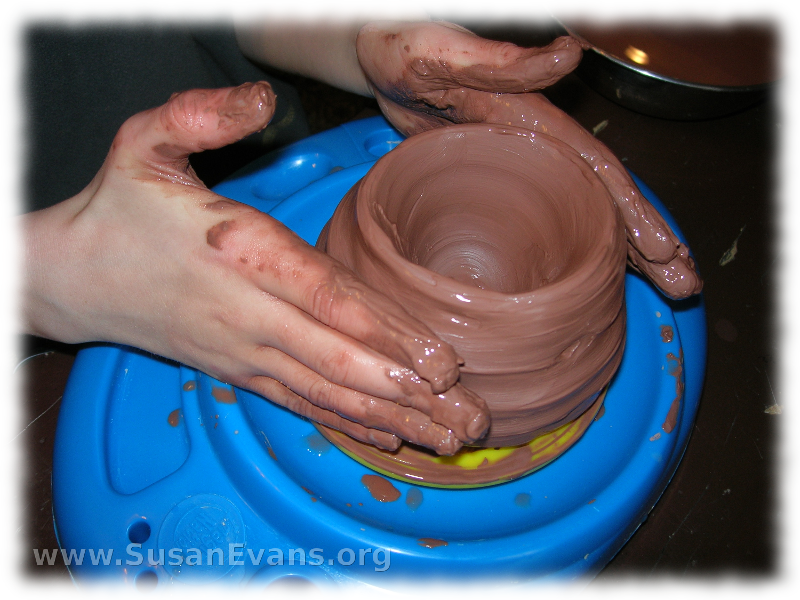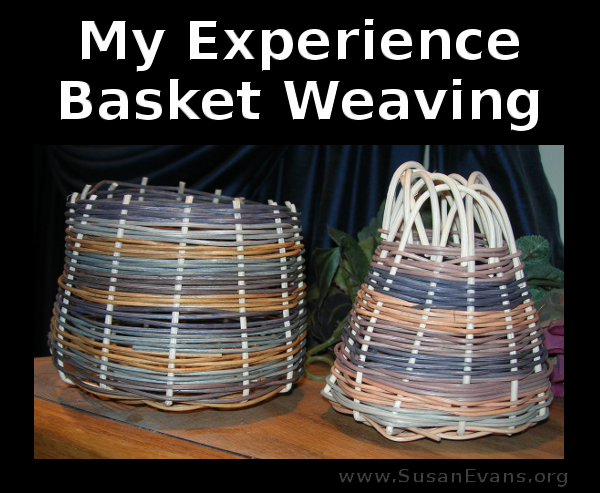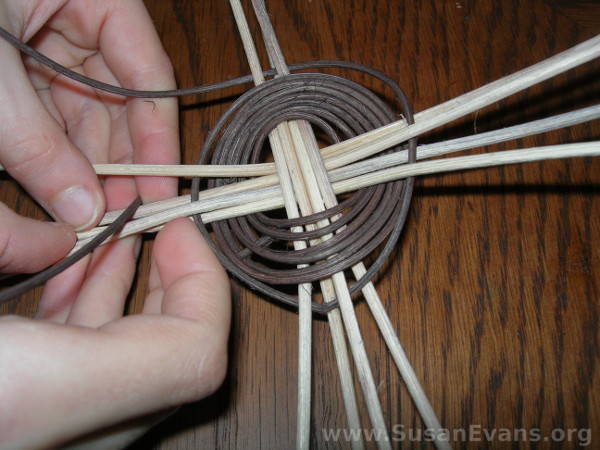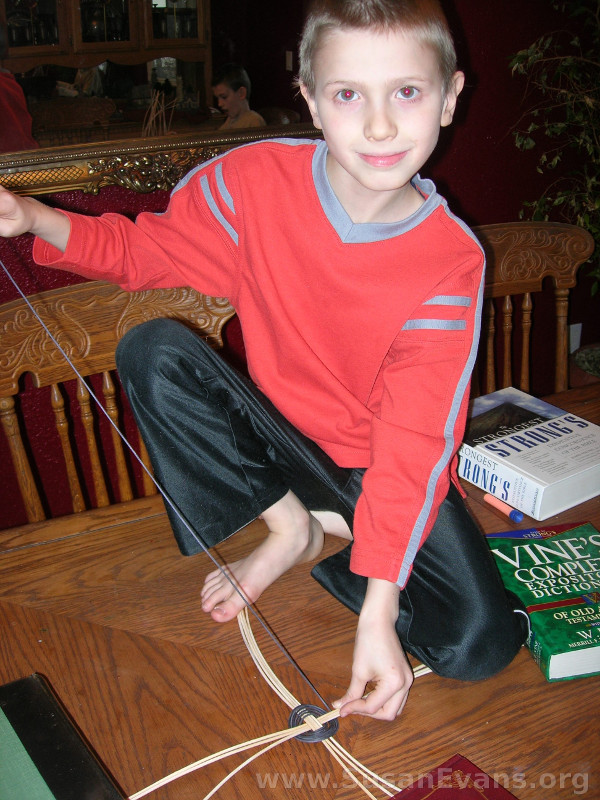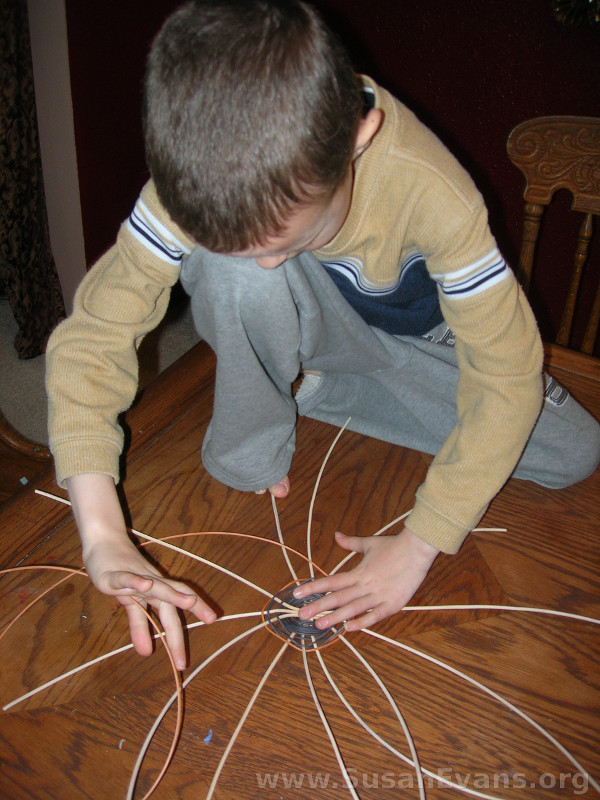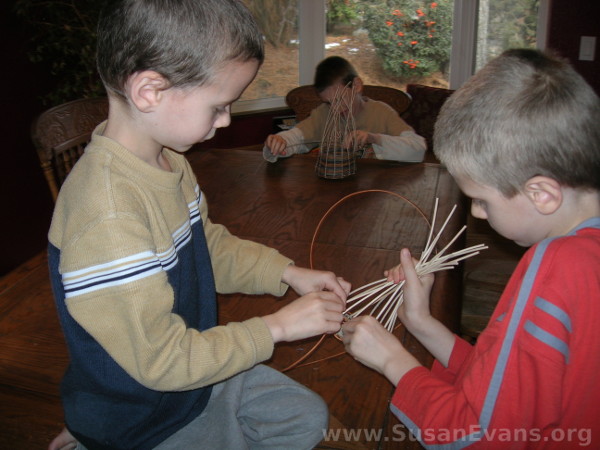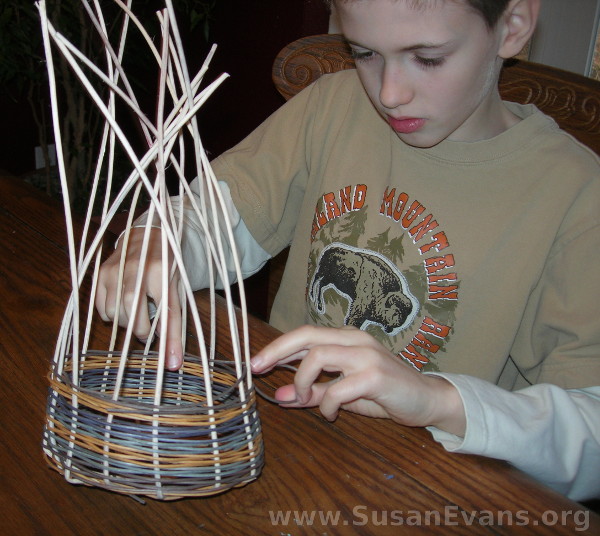Back when we were studying underwater sea creatures, we attended a squid dissection class at the local Children’s Museum. One squid was provided for each child. The squid was painted with black ink on one tray, then it was used as a rubber stamp to make an artistic banner made out of tissue paper. It left the print of the squid, almost as if it was a fossil.
After washing off the paint, the squid was examined under a magnifying glass and dissected by the instructor. Inside the squid was a beak and a long bone. The instructor pulled it out with much dramatic flair, to the amazement of the children. The ink pouch was removed, and the squid ink was used to write words on a piece of paper, using the squid bone as a quill.
A chart was shown to the children, so that they could see how the squid was actually a mollusk, similar to snails and oysters.
Other hands-on activities took place, including grabbing objects with a velcro disc, to represent the suckers on the ends of the squid arms. When the class was over, my children had a greater knowledge of squid, and so did I!
Here is a squid dissection similar to the one we did, so that you can see the different parts of the squid:

